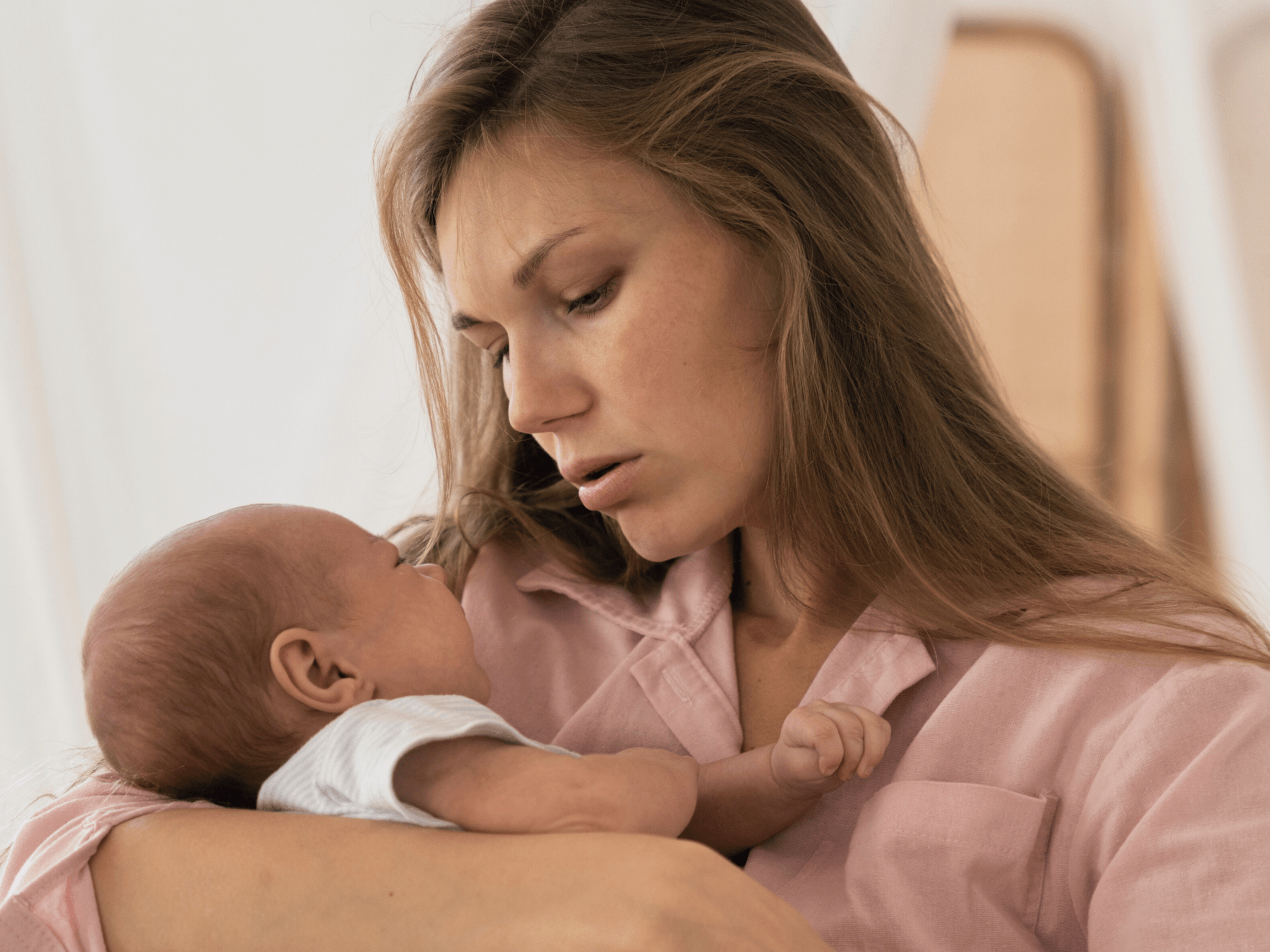
Understanding the Shedding Process
Hair Medical Restoration
Postpartum hair loss, also known as postpartum alopecia, is a common but often unexpected occurrence for many new mothers. While the joy of welcoming a new baby into the world is unparalleled, the physical changes that follow childbirth can sometimes be disconcerting. One such change that frequently catches new moms off guard is the sudden loss of hair.
Why Does Postpartum Hair Loss Occur?
Postpartum hair loss typically occurs around three to six months after giving birth. During pregnancy, many women notice thicker, shinier hair. This is due to hormonal changes that prolong the hair growth phase, resulting in less shedding. However, after childbirth, hormone levels start to return to their pre-pregnancy state, which can lead to a significant shedding of the excess hair that was retained during pregnancy.
The Shedding Process
Understanding the shedding process is essential to managing postpartum hair loss. During this phase, women may notice clumps of hair falling out while washing, brushing, or simply running their fingers through their hair. It can be alarming, but it's important to remember that this is a temporary and natural occurrence. The lost hair will eventually be replaced as the hair growth cycle stabilizes.
How Long Does Postpartum Hair Loss Last?
The duration of postpartum hair loss varies from person to person, but it typically resolves within six to twelve months after childbirth. Hair growth gradually returns to its normal pattern as hormone levels stabilize. Some women may experience a second, less noticeable shedding phase as their body fully adjusts to its post-pregnancy state. So in other words usually you may see your hair return to it’s full thickness and full growth generally around the time of the first birthday of your child, however many women regain their hair earlier.
Coping Strategies
While postpartum hair loss can be distressing, there are ways to cope with and minimize its effects:
- Maintain a Balanced Diet
Eating a nutrient-rich diet can support hair health. Focus on foods rich in vitamins and minerals, such as fruits, vegetables, lean proteins, and whole grains.
- Gentle Hair Care
Use mild, sulfate-free shampoos and avoid excessive heat styling or tight hairstyles that can stress the hair.
- Consider Shorter Styles
Some women opt for shorter haircuts or styles that require less maintenance during the postpartum shedding phase.
- Self-Care
Managing stress through relaxation techniques, exercise, and self-care can help minimize the impact of postpartum hair loss.
- Select an adequate birth control method
Starting and stopping different methods of birth control pills may affect the growth of the hair follicles.
- Medication
Once the breast feeding stops we can consider certain supplements, medication or treatments that are less risky for the baby, but here at HMR we need to assess and evaluate each case if it’s necessary or even recommended.
At Hair Medical Restoration, in collaboration with Dr. Jorge Cortez, we offer both online and in-person consultations. These consultations are dedicated to assessing your specific case and needs. Our experts will conduct a comprehensive analysis, taking into account your individual circumstances, and provide personalized guidance based on your expectations and experiences.
Postpartum hair loss is a temporary and common occurrence for new mothers. While it can be distressing, understanding that it is a natural part of the post-pregnancy experience can provide some reassurance. With time, self-care, and healthy habits, most women can expect their hair to return to its pre-pregnancy condition.



